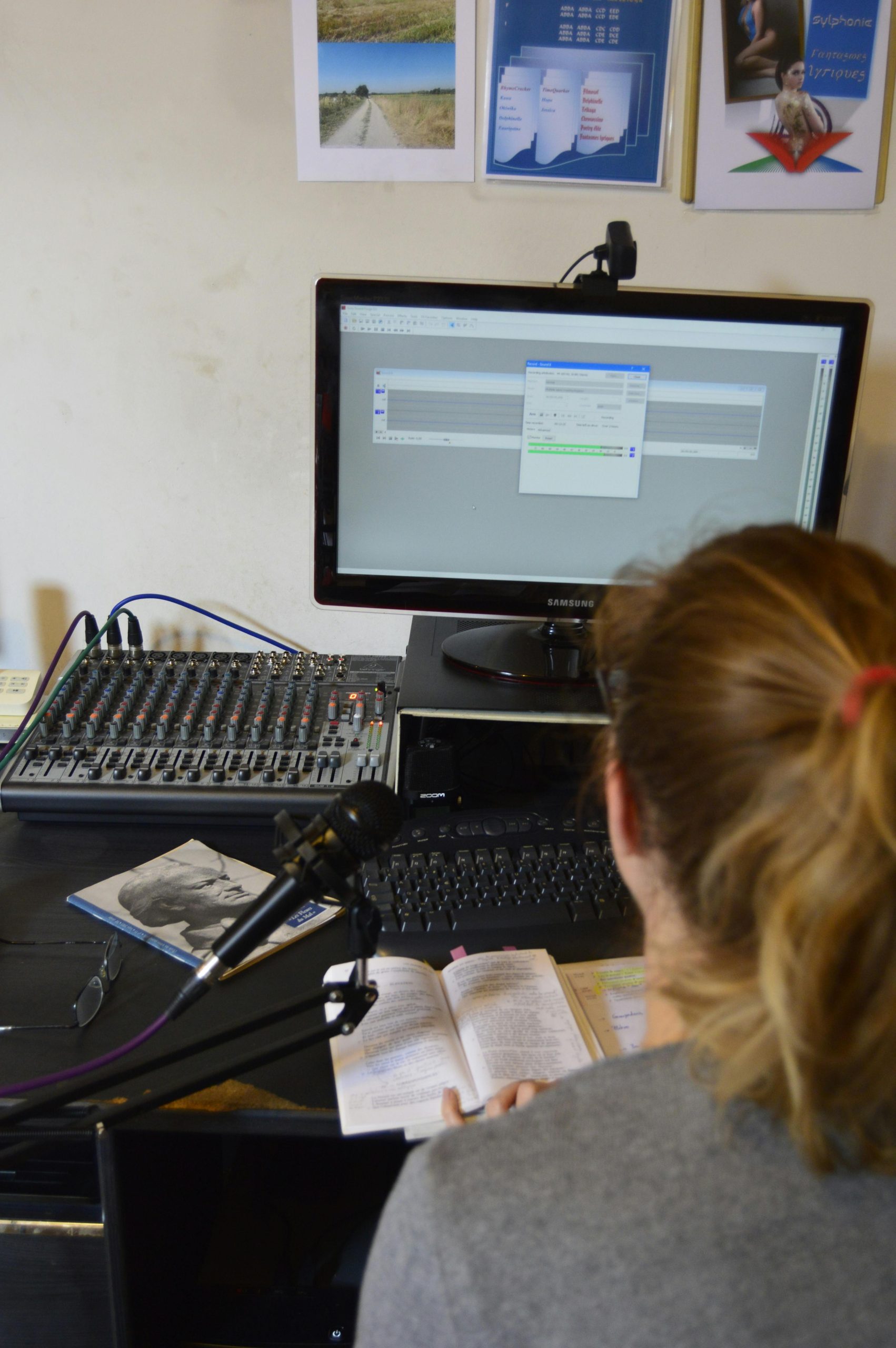Diagnosing Display Issues: Understanding the Galaxy Tab S5e Screen Problem
Modern tablets like the Samsung Galaxy Tab S5e are equipped with advanced technology designed to deliver impressive visuals and seamless user experiences. However, technology, despite its advancements, can sometimes falter. One common issue users face with devices like the Tab S5e is display malfunctions. In this article, we’ll delve deep into the problem experienced by a Galaxy Tab S5e owner, analyze the potential causes, and offer insights into diagnosing and resolving such issues.
Understanding the Issue: What Went Wrong?
In this scenario, the tablet suddenly stopped displaying images during a movie playback. The user speculates that the problem might stem from the screen overheating, as they observed that applying pressure near the display cable connection results in black spots and mixed colors appearing on the screen. This raises an essential question: is it the flex cable, the display connection point, or the screen itself that’s malfunctioning?
Common Causes of Display Issues
-
Overheating: Tablets can overheat due to prolonged use, especially when running graphic-intensive applications or streaming video content. Overheating might lead to temporary or permanent disruptions in the display’s functionality.
-
Flex Cable Damage: The flex cable, a crucial component linking the motherboard to the display, is essential for transmitting information that translates to images on your screen. Damage to this cable can result in flickering, distortion, or a completely non-responsive display.
-
Loose Connections: If the cable connection between the display and the motherboard becomes loose or corroded, it may lead to intermittent display problems. Applying pressure might temporarily restore the connection, explaining the mixed colors and black spots observed.
-
Screen Damage: Physical damage to the screen, although not explicitly mentioned in this case, could also be responsible. Even though the screen might appear intact, internal components can be damaged, leading to display issues.
Diving Deeper: Is it the Flex Cable or the Screen Itself?
The symptoms experienced suggest two potential culprits: the flex cable connection or the screen itself. Let’s explore each component in detail to better understand what might be malfunctioning.
The Role of the Flex Cable in Display Technology
The flex cable, officially known as an FPC (Flexible Printed Circuit) cable, is a vital part of a tablet’s display system. It connects the display assembly to the motherboard, facilitating the transfer of image data. This thin, flexible ribbon-like cable allows for the required movement during assembly and usage.
Common Indicators of Flex Cable Issues:
– Intermittent Display Output: Often shows up as flickering screens or distorted images.
– Responsive to Pressure: If applying pressure restores the display temporarily, it indicates a potential connection issue.
– Wear and Tear: Over time, flex cables can suffer from wear due to constant movement or stress.
Understanding Screen Malfunction
If the issue isn’t with the flex cable, the screen itself might be defective. Screens can malfunction due to several reasons. Over time and due to exposure to heat, moisture, or mechanical stress, physical defects can develop within the display layers.
Indicators of Screen Issues:
– Permanent Damage: Issues persist regardless of pressure applied.
– Visual Artifacts: Persistent lines, dead pixels, or unusual discoloration suggest screen damage.
– Unresponsive: No response to touch or visible change when trying to interact with the screen.
Diagnosing the Problem: A Systematic Approach
Step 1: Initial Observation
Begin by checking if the tablet responds when you apply pressure near the display cable connector. If this action results in temporary improvement in the display, it likely points towards a connection or flex cable issue. Document any patterns or changes when performing this action.
Step 2: Temperature Check
If overheating is suspected, allow the tablet time to cool down completely. Once cooled, restart the tablet to see if the display issue persists. Overheating can exacerbate both flex cable and screen problems, making it essential to rule this factor out.
Step 3: Software Troubleshooting
Before assuming a hardware malfunction, ensure that the problem isn’t software-related. Attempt to access the tablet in ‘Safe Mode,’ which disables third-party apps to determine if the malfunction is app-related. Additionally, perform Software updates if available, as these often fix bugs that can impact display performance.
Step 4: Physical Inspection
If possible, gently open the device to inspect the connections. Ensure that the flex cable is securely attached to the display and motherboard. If unsure or inexperienced with handling tablet hardware, it is advisable to seek professional assistance to avoid exacerbating the issue.
Step 5: Professional Diagnosis
If all else fails, seek a professional technician’s help. They can accurately diagnose whether the flex cable or the screen needs repairs or replacement using specialized tools.
Possible Solutions and Recommendations
Depending on the diagnosis, there are several approaches to resolve the issue:
For Flex Cable Issues:
- Cable Reseating: Sometimes, simply reseating the flex cable can resolve loose connection issues.
- Replacement: If the cable is damaged, it may require replacement. Ensure using original or high-quality OEM parts to maintain device integrity.
For Screen Issues:
- Display Replacement: If the screen is deemed defective, a replacement screen will be necessary. Professional services are recommended for such intricate replacements to ensure proper handling.
General Recommendations:
- Preventative Maintenance: Regularly update Software, ensure apps are functioning correctly, and avoid installing unfamiliar applications that can overtax the system.
- Avoid Overheating: Use tablets in cool environments, avoid prolonged exposure to direct sunlight, and take breaks during intensive usage to prevent overheating.
- Protective Measures: Employ robust cases and screen protectors to shield against physical damage.
Conclusion
Technology is an integral part of our daily lives, and with it comes the occasional need for troubleshooting and repairs. Understanding the role that components like the flex cable and screen play in your device’s functionality can empower you to make informed decisions when issues arise. Whether addressing a minor connection issue or a significant display malfunction, knowing the correct steps and involving professionals when needed ensures your tablet remains a reliable companion in your digital journey.
Share this content:




Response to Display Issues on Galaxy Tab S5e
It’s unfortunate to hear about the display issues with your Galaxy Tab S5e. Based on your description, the symptoms you’re experiencing—such as the appearance of black spots and mixed colors upon applying pressure—do strongly suggest an issue with the flex cable connection. Here are a few suggestions that might help you diagnose and possibly resolve the problem:
Step-by-Step Troubleshooting
Check the Flex Cable Connection: If you feel comfortable doing so, gently open the tablet and inspect the flex cable that connects the display to the motherboard. Ensure that it’s securely attached and free from any visible damage.
Heat Management: During your testing, monitor the temperature of your tablet, especially after extended use or heavy applications. Allowing it to cool down, as you mentioned, might provide temporary relief, indicating overheating could be a factor.
Memory and Software Issues: Boot the tablet in ‘Safe Mode’ to determine if third-party apps are causing the issue. If the display functions normally in this mode, a troublesome app may be the cause.
Visual Indicators: Take note of any ongoing display irregularities during use. Consistent or permanent issues often point